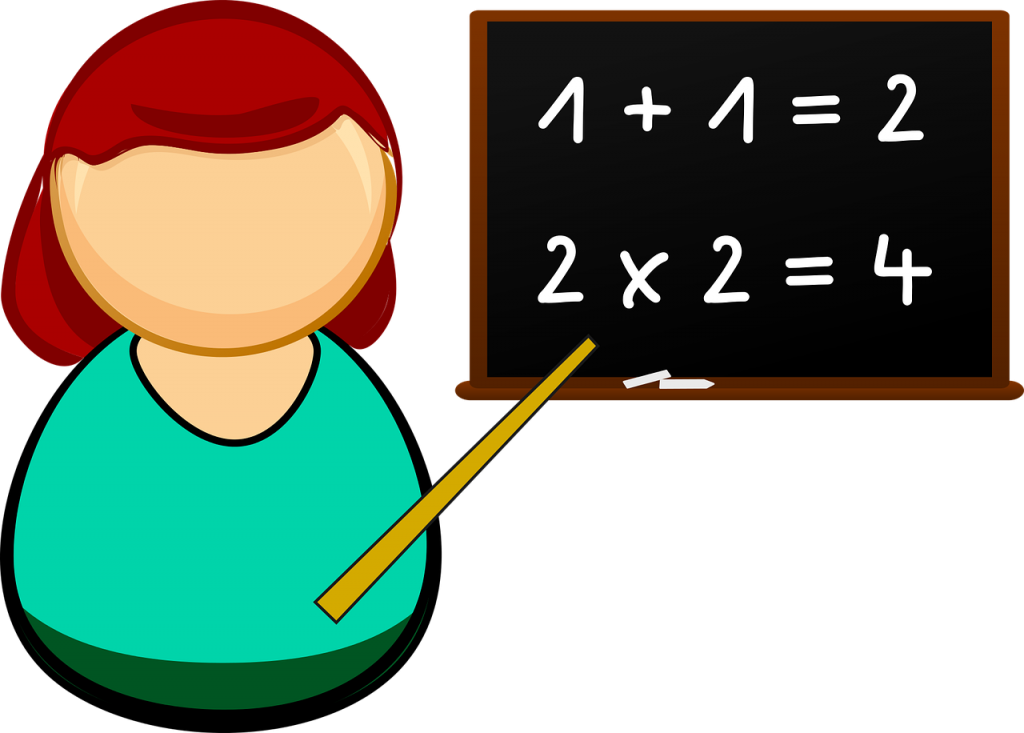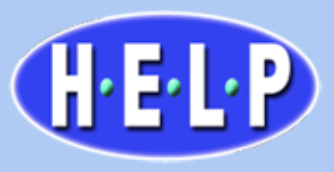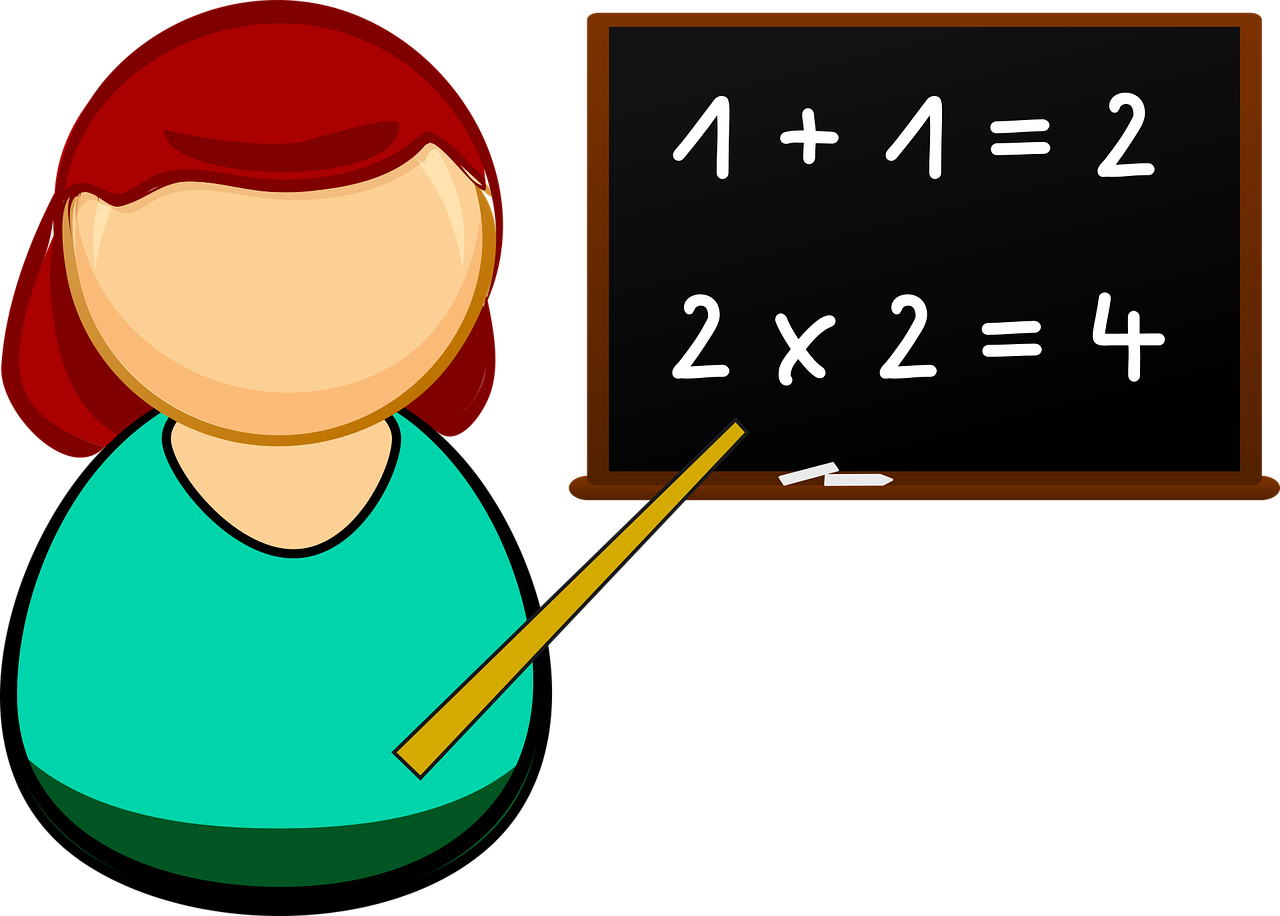One Size Does Not Fit All
Dear Basic Skills Readers,
The following is a guest post written by Susan Leckband, Executive Director of Help Elevate Learning Processing, Inc. Good insights on the relationship between a child’s learning style and choosing the right curriculum!

A great many homeschool parents come to our facility with the question “Why doesn’t my kid remember this? We went over this yesterday, and he had it and now it is like he never saw or heard it before? Am I not a good teacher?”
I had the same question. Why did my bright boy not retain things? How did 5 + 4 not relate to 4 + 5? Why was spelling so difficult? If he just read the word dog, why didn’t he recognize it just because it was surrounded by different words in a new sentence?
After having my son’s information processing evaluated, I found out that my son had extremely low visual and auditory processing. That explained why I could tell him the same thing over and over, but he just did not retain it and why he had so much trouble retaining and recalling visual information.
I finally understood why decoding and encoding (reading and writing) were extremely difficult and frustrating and why those tricky math facts timed tests were all but impossible to master. He was, I discovered, a very kinesthetic learner. If we got his hands involved, things stuck. We learned how to develop the immature areas of processing and I learned how to teach him things more kinesthetically. Shaving cream on the counter or wet sand became surfaces to practice writing and spelling. Jumping rope became a way to learn to skip count.
Many students who struggle with auditory processing but do well visually benefit from a curriculum that is more written, picture and diagram based rather than lecture based. A primarily auditory leaner who has low visual processing could potentially learn with audio books rather than get frustrated by rereading the same passage with dismal results.
A child who has trouble with temporal-spatial concepts may have trouble with place values, understanding time and calendars and their handwriting and math may be messy, unorganized, and hard to read. Every parent who has tried to teach their child to keep nice, neat columns in multiplication or division knows how frustrating math can be for the child whose columns wander around like snakes.
Most of the students we see tend to be very right brained creative, non-linear thinkers. Their creativity is sometimes astounding! However, this creative right-side often has trouble showing their work and may solve a math puzzle several diverse ways in their head but have a challenging time showing their work because they may figure it out a unique way every time. Sometimes manipulatives and a more visual and hands-on approach can allow the student to understand the more left-brain concepts of place values in math, time, and space as well as correct auditory and visual sequencing.
Finding out whether taking notes benefits or impedes your child is also an important thing to determine. Some students with auditory challenges are focusing so hard on what they have heard to write it down, they lose all of what is currently being said. Likewise, students with visual processing challenges may struggle from taking notes from visual presentations and reading because they cannot retain what they are trying to remember to write down and looking back and forth from the visually presented material to their notes can be exhausting.
There are three very individual aspects of both auditory and visual processing that are important. The first is understanding. Is your child able to correctly understand presented auditory and visual information? Second is sequencing. Can they keep what they have seen or heard in order? Third, can they remember what has been said or seen? Often, someone may remember an incorrect version of what was presented much like a saved corrupt file in your computer. This, of course, can lead to misunderstandings, hurt feelings and discord. What may seem like inattention or lack of attention to detail can be due an underlying, but correctable processing weakness.

While having several types of curricula may not seem to not be a logical thing as a homeschool teacher, understanding that a one size does not fit all approach will aid you in providing the best way to communicate concepts and ideas to your diverse learning styled children. Flexibility and patience are key in developing lesson plans for the child with less conventional learning styles. Do not be afraid to try something new. Be intuitive. You probably know by now what does not work for a particular child, so mix it up. Add music, manipulatives, and movement for the kinesthetic learner. Add colored pencils, pens, and pictures for the visual learner. Use interesting accents, rhymes, and poems to tickle the auditory learner’s interest. Try to make learning interesting and fun. Try not to project any disappointment or make the child feel he is not measuring up. Children really want to please their parents and their perception, accurate or not, of whether they are disappointing you can prevent their learning and growth.
Determining and understanding how EACH of your children learns will make picking out curriculum for and teaching to that child’s strengths so much easier and less frustrating for everyone. A curriculum that focuses on auditory lessons could be disastrous for a non-auditory learner and a visually based curriculum could make a non-visual learner feel unsuccessful and harm their self-esteem. Your children may each have different learning strengths and learning what they are, getting supportive curriculum for each child and teaching to their individual learning style will provide each child with a more positive, successful, and less stressful homeschool experience. That in turn will make your job as their teacher more enjoyable and fulfilling.
~ Thanks for reading!
Susan Leckband, Executive Director of Help Elevate Learning Processing, Inc.

Would you like to have a better understanding of how your student learns? The MAP assessment measures 12 different processing areas of the brain. This standardized, nationally normed test is offered by our friends at the HELP organization. This month the test is discounted to $79.00. Sign up by January 31st and schedule testing anytime you want.
Basic Skills Assessment & Educational Services
New Covenant Christian Academy
Ph: (503) 650-5282
Fax: (503) 650-8578







